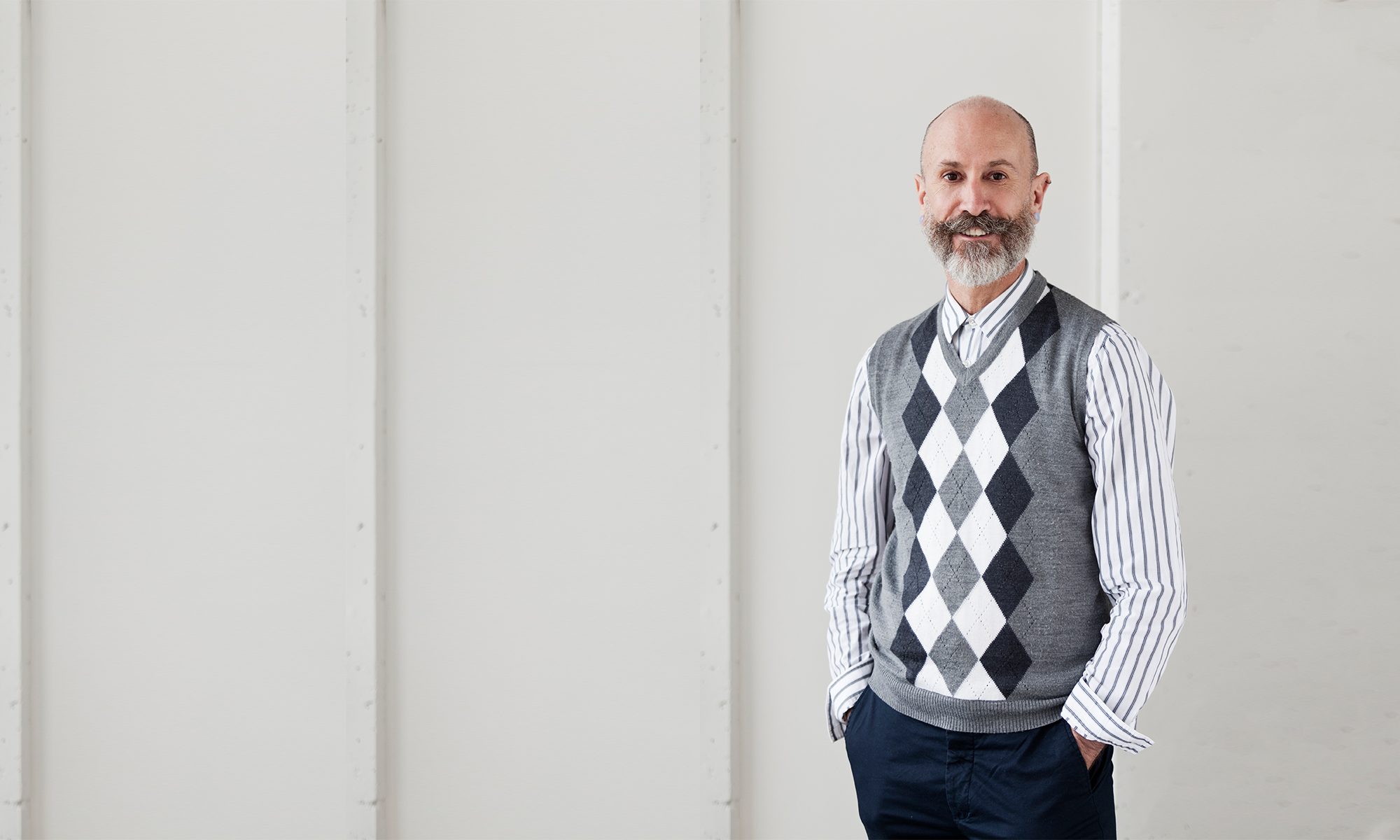May 9, 1986 Graduation Day – It’s hard to believe that 32 years have passed since I graduated from the Talent Education Institute in Matsumoto, Japan after three years of study with co-founders of the Suzuki Piano Method: Drs. Shinichi Suzuki and Haruko Kataoka. This week it seems natural for my thoughts return to Japan and an extraordinary moment from my apprenticeship.
Monday Concert was a weekly feature of the teacher program at the Matsumoto TEI, an opportunity for formal performance and informal feedback from Dr. Suzuki. Following the violin kenkyusei (teacher apprentices) performances, Dr. Suzuki would frequently join the performer on stage for a mini-lesson. It was something he visibly enjoyed doing – sharing with both performer and audience members alike. However, during the first few months of my apprenticeship, I never once saw Dr. Suzuki go on stage in response to a pianist’s performance. Typically he responded to my own performances with an encouraging smile. That is, until the week I performed Minuet 3 – a selection from the elementary piano repertoire.
Having bowed to the audience’s applause, I looked out with a slight tinge of trepidation. Dr. Suzuki had left his chair and was joining me on stage. Without a moment’s hesitation, he took out his violin and signaled to me for an “A” to tune his instrument. There would be no lengthy explanations as to his intentions. All the meaning was contained in his gestures.
A knowing smile. A lift of his eyebrow. There was purpose in his shoulders, in his stance, in his dedication as he circled the bow. Then a preparatory breath and seeing that I had not joined him in breathing – a recommencement. Breathing was more than a gesture of alignment, more than communication. It was a matter of breathing for one’s self, for the responsive instrument, the musical line, and the audience. With breathing as our common purpose, we launched into a revitalized performance of Minuet 3. Each phrase necessitated an exaggerated preparation and continuum. It was obvious Dr. Suzuki wanted breathing to provide momentum for the piece, to act as a kind of underlying impetus in support of each note. Breathing fully also meant that the physical gestures took on a new life, a kind of renewal that felt positive, free, and invitational. Before I knew it, our performance reached the final bar. I rose from the piano and joined Dr. Suzuki in a bow to the audience’s applause. Once again, he responded with his signature encouraging smile.
During the 32 years since my graduation from the Matsumoto TEI, I can’t even begin to estimate the number of times I’ve explored breathing and its remarkable impact with my own students. It’s a mainstay of my teaching, something basic and integral for all levels of instruction. When pianists incorporate breathing into their performances, something remarkable occurs. When we inhale, there is a preparation for and anticipation of engaging in performance. When we exhale, we may experience commitment, follow through, fulfillment, and release. With intentional breathing, there’s a bringing together of consciousness and physicality, a synthesis of mind and body.
What interesting about this process is the way our breathing differs when we’re walking and running, relaxing and enthusiastic, surprised and bored. At the piano, the way we breathe necessarily takes on similar variations in terms of what we need to play presto and adagio, piano and forte, not mention the unexpected sfzorando. Of course, attention to breathing has implications for how we use our body, the way we alter our seating position during performance, the gestures we use with our arms, even the angle of our neck and the tilt of our head.
What I enjoy about teaching breathing is the reminder that musical performances rely on what we do with our breath. In this way, breathing isn’t something incidental or superfluous. We pay attention to our breathing because we recognize how much the sounds we produce depend on how we breathe.
